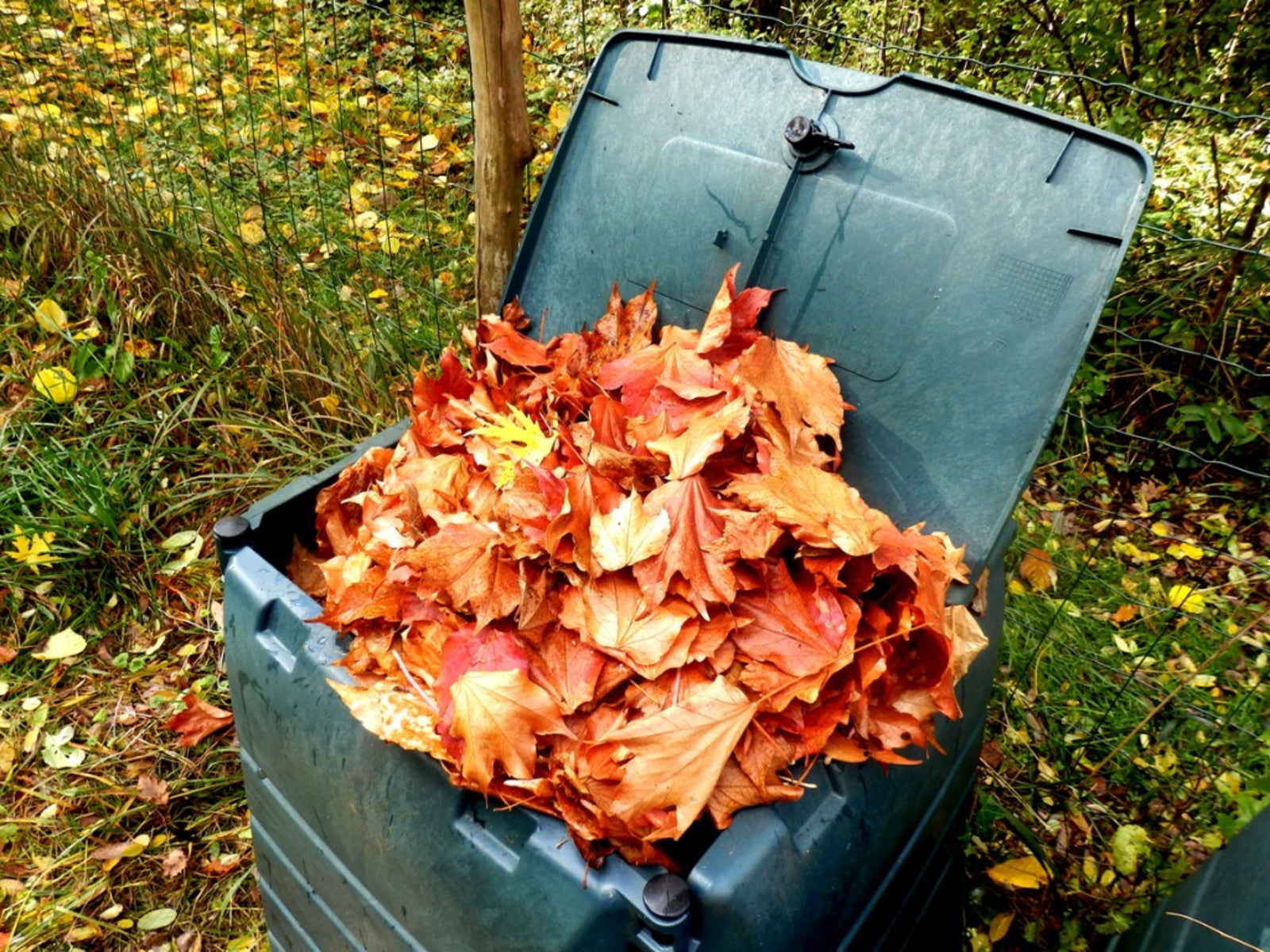I've been taking advantage of the bags full of leaves in everyone's yards and collecting them. This weekend I will make a large pile of leaves that I plan to let sit to break down. I still gotta do some reading about it, but I wanted to start a thread to get your guys input.
Should I leave them in the brown paper bags their in? The way I understand it is its more of a fungaly driven process and maybe doesn't need the oxygen that regular compost needs. So maybe they'd be better left in the bags?
I don't have a way to chop them up bc my mower is down atm. I thought about a bin and my weed whacker but that seems like a lot of work. Unless it's very important they get chopped up I'll just leave them whole. Is it important? I'm not in too big a rush, I'm really just preparing stuff for the future. I've only got 2 5x10 garden plots so far. But I've got a lot of space to expand!
It seems pretty simple, but any info or advice would be greatly appreciated.
Should I leave them in the brown paper bags their in? The way I understand it is its more of a fungaly driven process and maybe doesn't need the oxygen that regular compost needs. So maybe they'd be better left in the bags?
I don't have a way to chop them up bc my mower is down atm. I thought about a bin and my weed whacker but that seems like a lot of work. Unless it's very important they get chopped up I'll just leave them whole. Is it important? I'm not in too big a rush, I'm really just preparing stuff for the future. I've only got 2 5x10 garden plots so far. But I've got a lot of space to expand!
It seems pretty simple, but any info or advice would be greatly appreciated.





